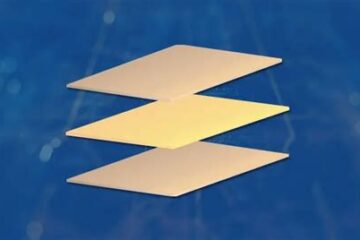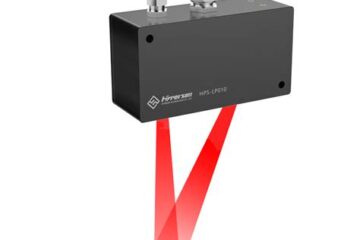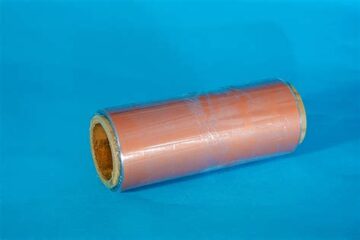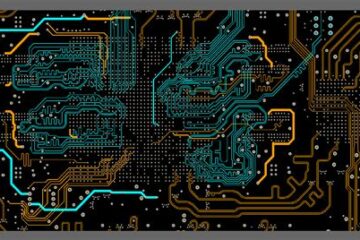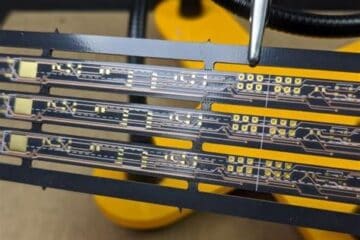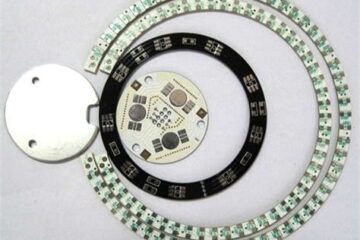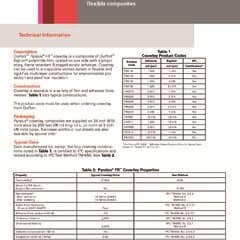PCBA
DuPont to Introduce Epoxy-Based Pyralux HP Laminate Adhesive System at IPC APEX EXPO 2022
What is Pyralux HP? Pyralux HP is a state-of-the-art epoxy-based laminate adhesive system developed by DuPont. This innovative solution is designed to provide superior performance and reliability in electronics packaging applications, particularly in the production of flexible and rigid-flex printed circuit boards (PCBs). The Pyralux HP system consists of a high-performance epoxy adhesive that is used to bond copper foil to a variety of substrate materials, including polyimide, polyester, and flexible circuit materials. The adhesive Read more…
